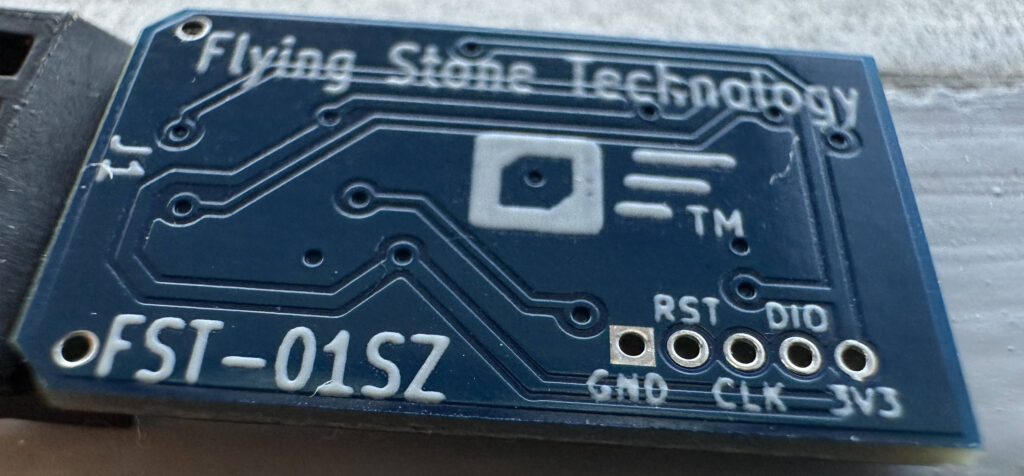Author: Thom Holwerda
Source
Sponsored:
Working in Public: The Making and Maintenance of Open Source Software - Audiobook

Unlock the Digital Creator Code!
In 2019, a startup called Nuvia came out of stealth mode. Nuvia was notable because its leadership included several notable chip architects, including one who used to work for Apple. Apple chips like the M1 drew recognition for landing in the same performance neighborhood as AMD and Intel’s offerings while offering better power efficiency. Nuvia had similar goals, aiming to create a power efficient core that could could surpass designs from AMD, Apple, Arm, and Intel. Qualcomm acquired Nuvia in 2021, bringing its staff into Qualcomm’s internal CPU efforts. Bringing on Nuvia staff rejuvenated Qualcomm’s internal CPU efforts, which led to the Oryon core in Snapdragon X Elite. Oryon arrives nearly five years after Nuvia hit the news, and almost eight years after Qualcomm last released a smartphone SoC with internally designed cores. For people following Nuvia’s developments, it has been a long wait. ↫ Chips and Cheese Now that the Snapdragon X Elite and Pro chips are finally making their way to consumers, we’re also finally starting to see proper deep-dives into the brand new hardware. Considering this will set the standard for ARM laptops for a long time to come – including easy availability of powerful ARM Linux laptops – I really want to know every single quirk or performance statistic we can find.



